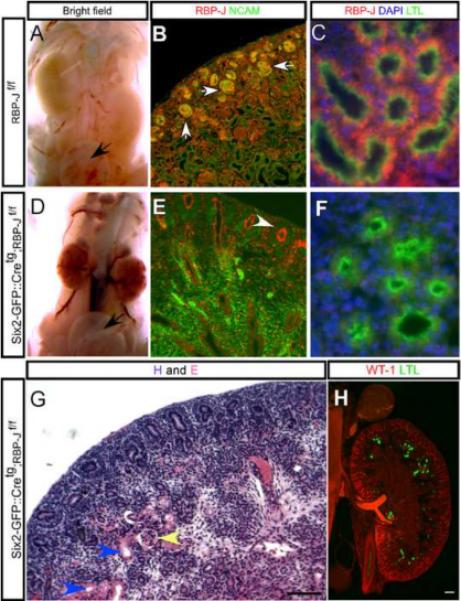Figure 4. Inactivation of RBP-J resembles the combined inactivation of Notch1 and Notch2 with a severe reduction in S-shaped body formation and development of proximal tubules and glomeruli.

Compared with (A) wild type, RBP-Jf/f mice (D) the Six2-GFP∷ Cretg ; RBP-Jf/f mice die by post-natal day two and though their kidneys are small, managed to produce a clear filtrate present in the bladder (black arrow). (B) In RBP-Jf/f mice, the RBP-J protein (red) is present in the nucleus of all kidney cells at P1 including S-shaped bodies (arrows) which results in (C) mature LTL+ proximal tubules containing RBP-J. (E) In Six2-GFP∷ Cretg; RBP-Jf/f P1 kidneys only a few mesenchymal cap condensate cells still retain RBP-J expression (white arrowhead) and (F) the absence of RBP-J protein in the proximal tubules. (G and H) The Six2-GFP∷ Cretg; RBP-Jf/f kidneys develop very few glomeruli (yellow arrowhead) and proximal tubules (blue arrowheads or green signal). SGC is an abbreviation for Six2-GFP∷ Cretg. Scale bars are 100um.
